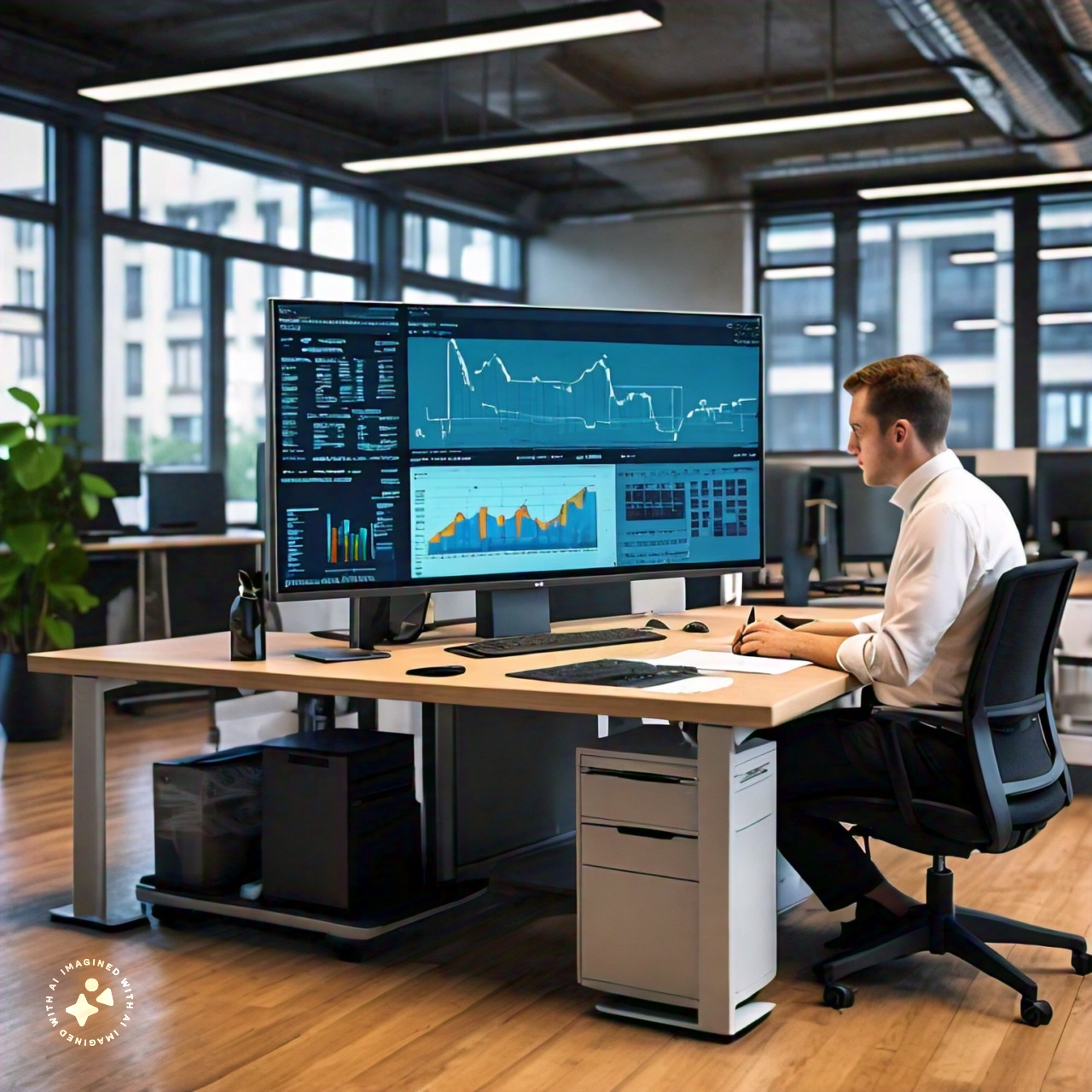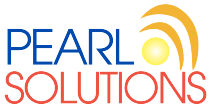Evolution of ERP

ERP Through the Ages: A Historical Perspective
ERP software systems have played a crucial role in the efficiency and effectiveness of the business world but many people still have trouble understanding exactly what ERP is and does. If you are one of them, that’s fine there is nothing to worry about because after reading this article you will be able to build an understanding of the current and past versions of ERP. .
Background
Let’s start with the basic information, ERP stands for Enterprise Resource Planning and it’s software managing operations of Enterprises. But currently available ERP is a very polished and up to date form of this software. To understand the evolution of ERP we need to dig in about the past version of ERP, for that purpose it is discussed parallel to the decades in which the modernization took place..
The 1960s and Inventory control system
Back in the 1960s, there was no ERP system to perform different functions of organizations. At that time most product-based organizations used their centralized computing systems for managing the automated inventory. The requirements that lead the business owner to look for a more comprehensive software system at that time were as follow:-
• This system is just for inventory control.
• No proper tracking of inventory items.
• Mis-management of items.
• Inventory with material planning and procurement was missing.
The 1970s and MRP
In the 1970s Materials Requirement Planning (MRP) software developed from a collaboration between IBM and J. I Case. At that time it was a top priority of high-level businesses to own a software system that must calculate the specifications and capacity to run their functions effectively without errors. In the early time of this software, it was only used by some top-level manufacturing companies due to its high price and complexity to using. The limitations of its less use also included that was requiring a whole room to fit the complex technical computer hardware and access the processing power to run the software like MRP caused the developers to think one step ahead. The factors that lead the business world to move towards more advancement that was missing in MRP were as follow:-
• Sales planning of business
• Operations planning of business
• Forecasting of business
The 1980s and MRP II
The advancement in the decade of the 1980s was remarkable that makes the little gadgets look bigger in terms of their functions and storage. In this decade MRP developed-in capabilities and termed MRP II. In this version, there was more manufacturing process according to the requirement of businesses and also more capacity. To further explain the functions and differences between MRP I and MRP II, the comparison is given.
Over time, the technology evolved very rapidly and those businesses that evolved with the pace of technology took the lead in the market. This also increased the demand for more integrated and feature enriched software that can also run the other functions of an enterprise without any delay because if you are using the technology then you should be fast enough to build those platforms that can meet the pace of it. For this purpose following features were missing in the MRP II and made businessmen ask developers for more advancement in the system. Following were the feature that leads to more advancement:-
• Material management
• Sales and distribution
• Financial management
• Investment management
• Accounting management
• Human resource management (HRMS)
• Controlling
• Quality management
• Plant maintenance
• Integration of all the departments and their systems.
The 1990s and ERP
Finally, the decade of the 1990s came that make us able to witnessed the proper ERP software in the market. This included the full integration of all the systems of business under one database to make the functions fast and effective in terms of productivity. This single software allowed the companies to integrate their Finance, Marketing, and HR departments under one system without delaying the functions..
The 2000s and ERP II
In the 2000s, ERP II was built that enhanced the functionality of the previous ERP system. The new features that made the ERP system the best of that time included Customer relation management system (CRM), Supply chain management (SCM), and real-time access to business. This decade has also seen many technological advancements like interaction via mobile devices and many web-based functionalities..
The 2010s and Cloud-based System
In 2010 the evolution of technology finally been able to land on the most advanced platform known as the cloud and whole businesses moved on it. That made the whole business scenario looked different from the past. This was the greatest extension and advancement of ERP computer program capabilities and driven by the all-inclusive accessibility of the Web and its advancements. This allowed the user to data stored, managed, and can be accessed from anywhere by just having an internet connection. This solution brings the benefits of full usefulness that the ERP Computer program needs to offer without obtaining and keeping up a complete IT framework. Today’s ERP computer program barely resembles past decades. Businesses of all sizes and specialties can tailor these frameworks to fit their one of a kind needs, progressing efficiencies, generation, and a long list of other benefits. What has held genuine all through its life span, is that ERP proceeds to control, screen, analyze and estimate the wellbeing of each portion of the trade as an entire..
Read More
New Blogs

Jan 1 2022
Enhancing Enterprise Solutions with AI-Powered ERP:Transform your enterprise with AI-powered ERP. Streamline processes, gain real-time insights, and drive innovation.

Feb 2, 2022
Leveraging BI Data Analysis for Enhanced ERP UtilizationUnlock ERP potential with BI data analysis. Make data-driven decisions and drive growth.

Mar 3, 2022
5 Benefits of Fixed Assets ManagementStreamline asset management and improve financial reporting, compliance, and decision-making. Discover the benefits now!

